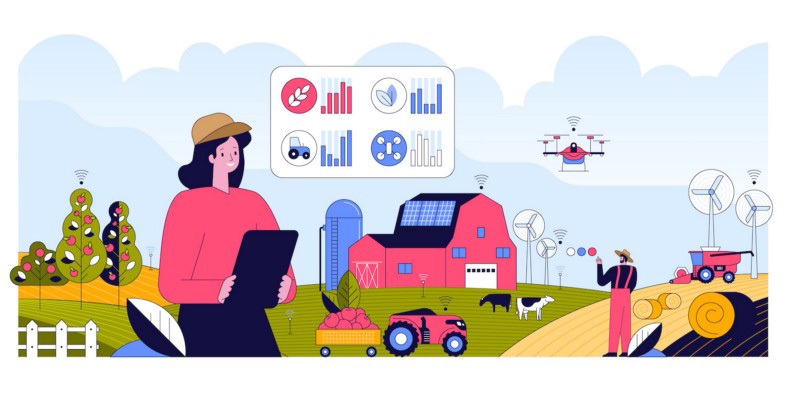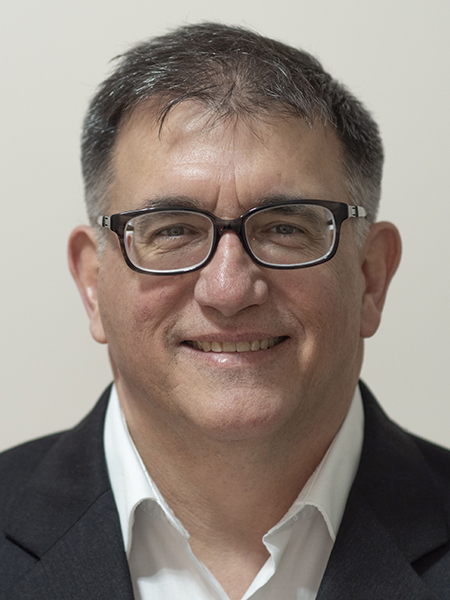An open source framework for digital agriculture

Digital agriculture refers to the use of digital technologies — including sensing, communications and computing — to help make modern production agriculture more efficient and sustainable. Primarily, when we identify the benefits of digital agriculture, we are thinking of improving the use of such basic resources as land and water, and enabling continued gains in productivity. There also is an element of increasing labor productivity, as the promise of these advances often drives adoption of precision ag technologies.
How will digital ag change farming? In the near term (five years), I expect a day in the life of a digital farm will look much as it does today. However, running in the background will be digital systems that provide the farmer with better situational awareness of things like labor and machine efficiency, as well as autonomous movement of data that can be mined for production insights. The key aspect of autonomous data is that it will flow smoothly without manual wrangling of zip drives and incompatible information systems.
Digital advances in farming require this seamless movement of information for soil type, crop yield, topography, crop nutrients and moisture, crop protections, and more. This will be enabled by a more frictionless exchange of data between devices and systems than we see today. The current state of digital ag is characterized by a proliferation of electronic sensors, machines, and applications from different vendors that don’t communicate well with one other.
We are proposing an edge computing framework called Avena to address this shortcoming. Edge computing is a distributed computing and communications strategy that brings the processing of data closer to the source where it is collected. This approach speeds response and decision-making times by minimizing the need for constant bidirectional data transfers between the data sources and data centers in the cloud.

Avena is an architecture for ag machine telematics based on “compute container” technology, in which standardized packages of code are built on open source platforms to help break down barriers due to vendor lock-in and lack of interoperability. Avena lets vendors protect their secret sauce (intellectual property), while allowing third-party software to run in these containers, isolating vendor proprietary software from third-party applications. This framework permits a kind of “play store” market — analogous to the Google Play Store — for ag apps running on vendor hardware.
We have implemented some basic Avena scenarios, including several rolled out in the spring in time for planting. In addition, we are about to undertake a deployment with the AERPAW (Aerial Experimentation Research Platform for Advanced Wireless) testbed led by North Carolina State University.
We put forward the Avena architecture — developed through Purdue’s participation in the National Science Foundation (NSF) Engineering Research Center for Internet of Things for Precision Agriculture (IoT4Ag) — as one way to standardize software systems. This architecture can provide value not only in ag but in any machine-oriented activity, such as autonomous driving. In fact, Avena could become to machine computers what Android is to mobile phones.
Our work in this arena has been released as open source because we believe that is needed in ag to encourage a more innovative environment. We also believe that expertise in computer engineering and computer science is critical to advancements in digital ag.

James V. Krogmeier
Professor, Elmore Family School of Electrical and Computer Engineering
Professor, School of Agricultural and Biological Engineering and Lyles School of Civil Engineering (by courtesy)
Convergence Co-Lead, NSF Engineering Research Center for Internet of Things for Precision Agriculture (IoT4Ag)
College of Engineering
Faculty Team Member, The Open Ag Technology and Systems (OATS) Center
Purdue University
Source: An open source framework for digital agriculture
